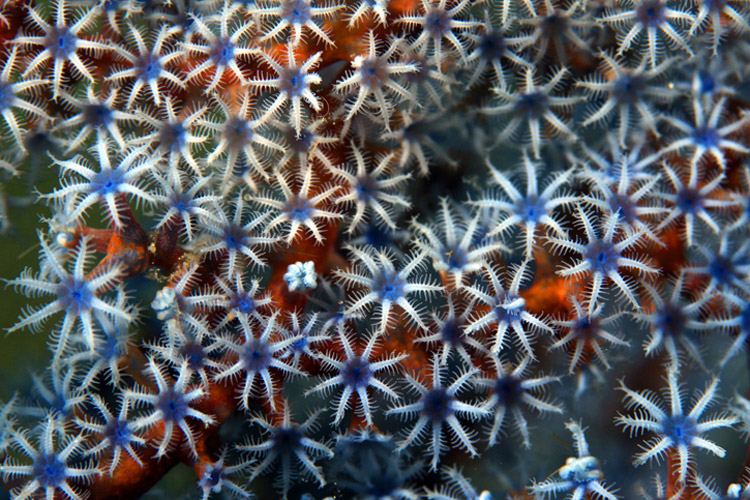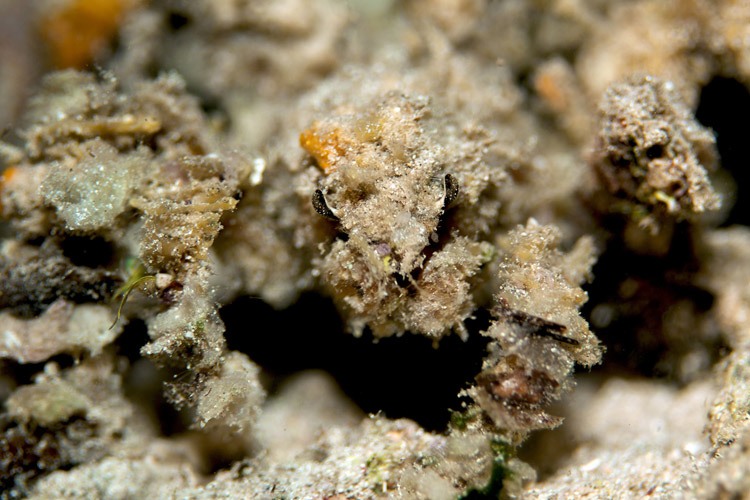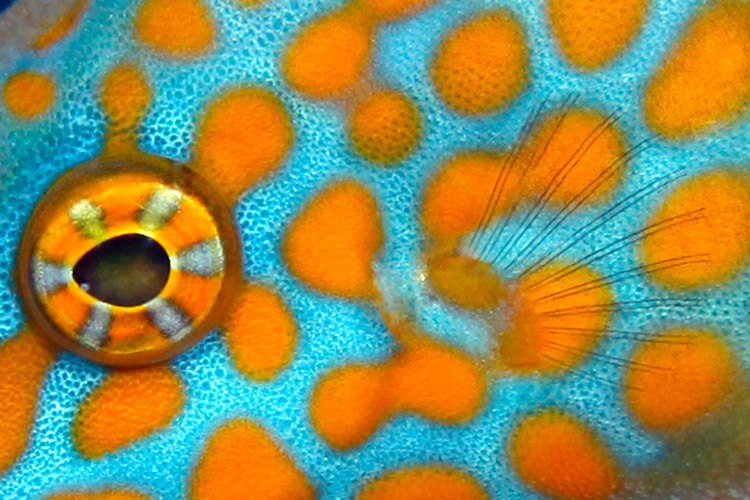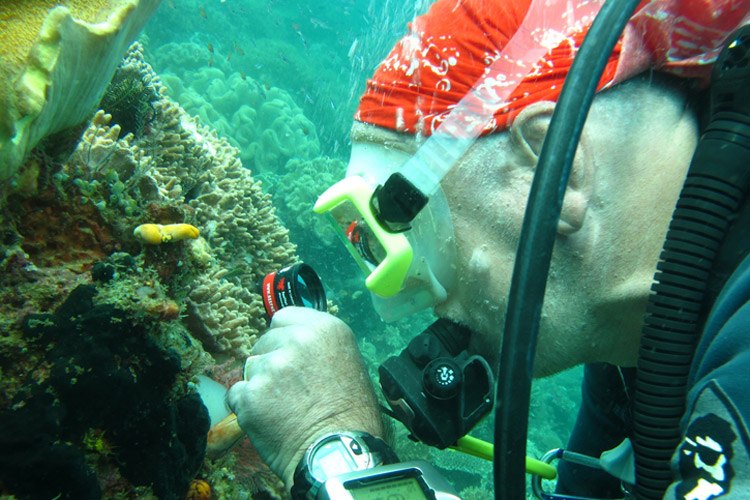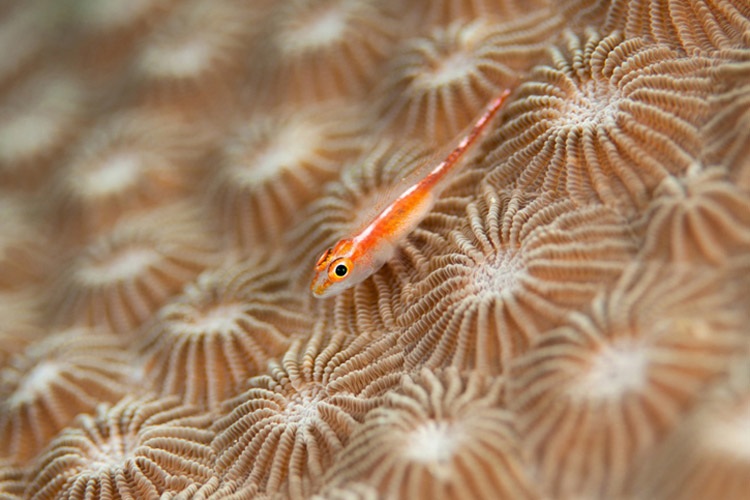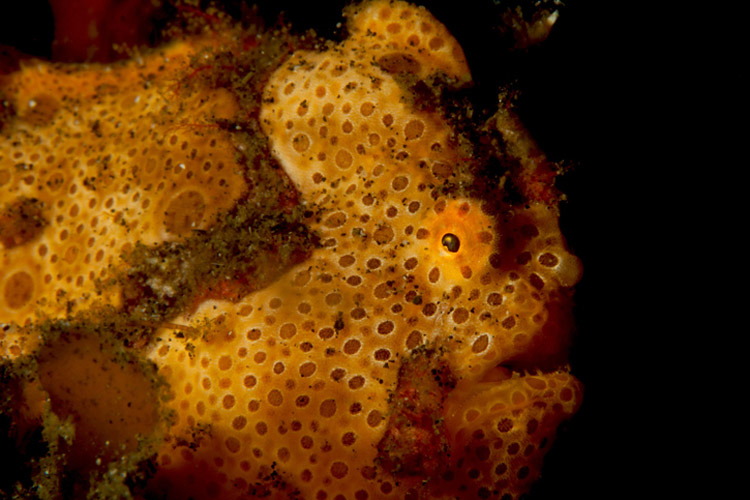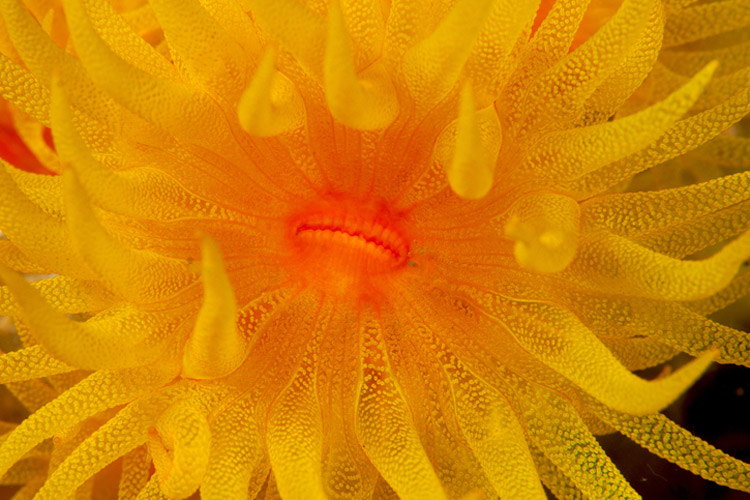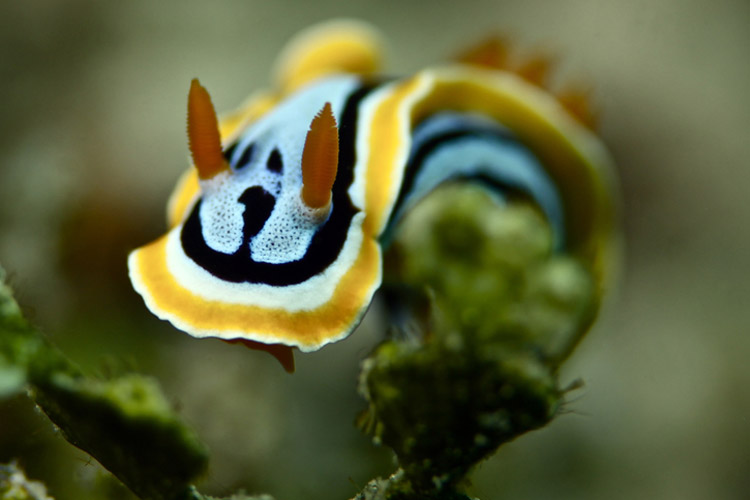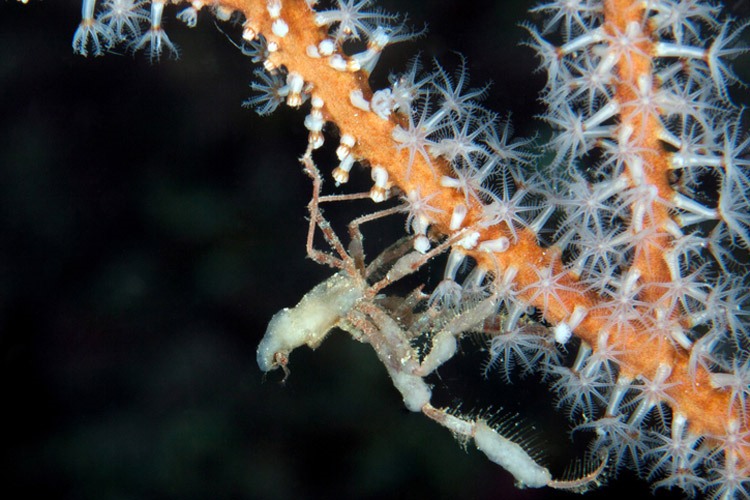The Sizzle of the Small Stuff: Giovanna opens our eyes to the micro world
Posted by Giovanna Fasanelli
in Of Interest
Maybe it is all my mother’s fault. When I was eight years old she called me over to the window sill and, wielding a scratched, old magnifying glass, had me peer through it to view the shiny emerald backside of a dead fly. It glimmered like green gold in the sunlight. Somehow that moment stuck with me and perhaps led to the clinical obsession I suffer from today: I am nuts about the small stuff.
I have always thought it strange that the photography of small animals, sometimes so small as to be microscopic, is referred to as macrophotography when really it should be microphotography! Nevertheless, I am hooked on this hobby, whatever its name! Show me a photo of a Peacock Jumping Spider (Maratus volans) during his courtship dance and I may embarrass you with the uttering of strange noises similar to those made by a mother at the sight of her baby girl dressed up as Tinkerbell. It’s clinical, I tell ya. But taking the time to observe and understand these diminutive denizens inevitably leads to the realization that we humans are horridly size-biased, and that life in the undergrowth is as fascinating a realm as that of the big cats, great apes and herbivorous giants.
As a marine biologist and a fanatical SCUBA diver my love for photography has naturally followed me below the waves to the treasure-filled wonderlands found all over the Indian and Pacific Oceans. Here, one does not have to spend much time searching for small subjects to photograph as they are simply everywhere and often, right in front of you, peering into your lens. The hard part is photographing them in this fluid environment whilst being swayed by currents and restricted by visibility and annoying dive-depths limits! But this is the excitement of the challenge, and when great results are achieved, a pleasing rush of satisfaction is felt. One of my ultimate underwater habitat types to explore is the so-called muck sites. These can be silty, muddy, sandy or trash-filled barrens usually found at the mouths of estuaries, under rotting docks, or within calm, forgotten bays. Here, the bizarre and the ridiculous thrive and searching for them is like being on a treasure-hunt: it may be a pair of eyes sticking out from under the sand or simply an impression left by a mystery beast that just disappeared. “What could possibly live down that hole?”, I often find myself wondering and, if I remain still enough for long enough, I inevitably discover that something had been watching me the whole time.
Discovering the wondrous mélange of marine life is a superb way to spend time. In biodiversity hotspot areas such as Indonesia the yields of crazy-cool creatures are jaw-droppingly high. I have also personally observed that the smaller the life form the more characterful they seem to be. For example the decorator crabs (Superfamily Majoidea) are an enormous group of crustaceans that express their camouflage artistry in myriad extraordinary ways. A night dive usually reveals some spectacular specimens that have emerged from their hiding holes to feed under the protective cover of darkness. They are masters of disguise and their trick is to carefully select and adhere bits of their environment to their bodies which may even include whole live jellyfish or spiny, venomous sea urchins! Their fancy dress party-theme is: background. Whether it’s covering themselves in stinging hydroids or wearing a green sea squirt on their tiny heads, these crafty critters are the gloriously quirky products of evolution’s sense of humor!
Opening our eyes to the beauty and boundless variety of the micro world gives us such great insight into how the majority live and who are running the food chain at the lower levels. They are the janitors and the street sweepers but when you stop to chat, you discover that they should be on the next party’s guest list! Just how they have evolved to find food, avoid being eaten, and locate a mate can be just as fascinating a tale as the ones told by the Whale Sharks, manta rays and sea snakes. So go on… buy a magnifying glass or even better, get your diving license. Unveil an entirely new world of alien faces, absurd appearances and masterful designs! Then watch the BBC series called Life in the Undergrowth written and presented by Sir David Attenborough and prepare to be left speechless at the intricate stories weaved by these fabulous friends!

